A Compound Microscope Has How Many Lenses Quizlet ?
A compound microscope typically has two lenses: an objective lens and an eyepiece lens.
1、 Objective lens
A compound microscope typically has two lenses: the objective lens and the eyepiece lens. The objective lens is located near the specimen being observed and is responsible for magnifying the image. It is usually composed of multiple lenses that work together to provide high magnification and resolution. The eyepiece lens, on the other hand, is located at the top of the microscope and is responsible for further magnifying the image produced by the objective lens.
The objective lens is the primary lens in a compound microscope and is available in different magnification powers, such as 4x, 10x, 40x, and 100x. These different objective lenses allow the user to observe the specimen at various levels of magnification. The eyepiece lens typically provides additional magnification, usually around 10x, allowing the user to view the magnified image comfortably.
It is important to note that the number of lenses in a compound microscope can vary depending on the specific design and configuration. Some microscopes may have additional lenses, such as condenser lenses, which are used to focus and direct light onto the specimen. These lenses help improve the quality of the image by enhancing contrast and resolution.
In recent years, advancements in microscope technology have led to the development of more complex lens systems, such as those found in confocal microscopes or super-resolution microscopes. These advanced microscopes may have multiple objective lenses with different properties, allowing for even higher magnification and resolution. However, for a basic compound microscope, the standard configuration includes two lenses: the objective lens and the eyepiece lens.
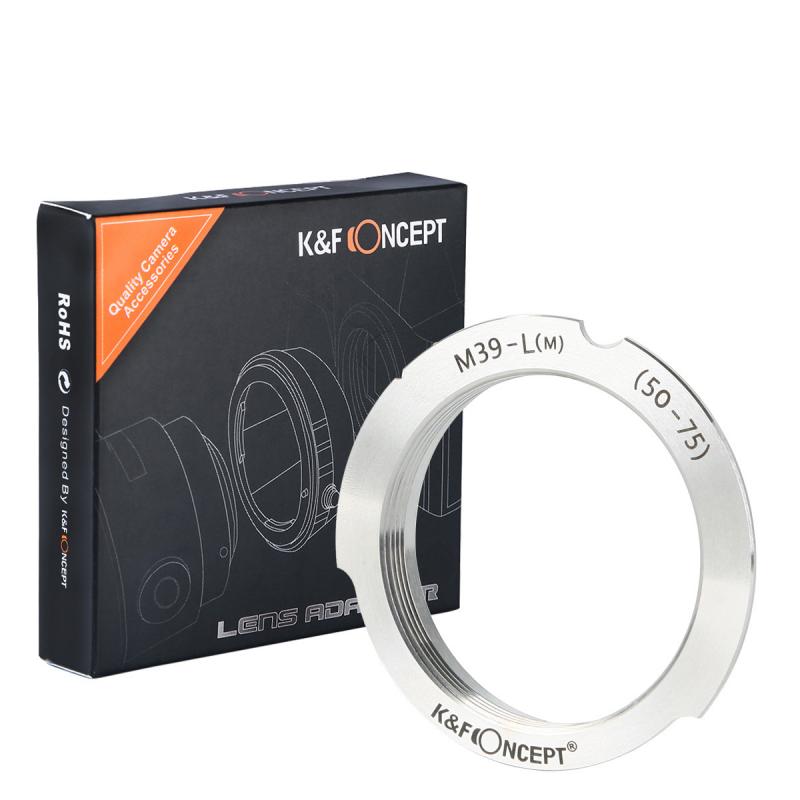
2、 Eyepiece lens
A compound microscope typically has two lenses: the objective lens and the eyepiece lens. The objective lens is located near the specimen being observed and is responsible for magnifying the image. It is usually composed of multiple lenses that work together to provide high magnification and resolution. The eyepiece lens, on the other hand, is located at the top of the microscope and is responsible for further magnifying the image produced by the objective lens. It is the lens through which the viewer looks to observe the specimen.
The combination of these two lenses allows for a greater level of magnification and clarity than what can be achieved with a single lens. The objective lens provides the initial magnification, while the eyepiece lens further magnifies the image to make it visible to the human eye. This dual-lens system is what makes a compound microscope so powerful and versatile in scientific research and education.
It is important to note that there are different types of compound microscopes, each with its own specific configuration of lenses. Some microscopes may have additional lenses, such as condenser lenses, which help focus and direct the light onto the specimen. However, the basic principle remains the same - a compound microscope utilizes multiple lenses to achieve high magnification and resolution.
In conclusion, a compound microscope typically has two lenses - the objective lens and the eyepiece lens. These lenses work together to provide a magnified and clear image of the specimen being observed.

3、 Condenser lens
A compound microscope typically has two lenses: the objective lens and the eyepiece lens. However, there is also a third lens called the condenser lens, which is often included in more advanced microscopes.
The objective lens is located near the specimen and is responsible for magnifying the image. It is usually a combination of several lenses that work together to provide high magnification. The eyepiece lens, on the other hand, is located near the viewer's eye and further magnifies the image produced by the objective lens. It allows the viewer to see a larger and more detailed image of the specimen.
The condenser lens is positioned beneath the stage and is used to focus and concentrate the light onto the specimen. It helps to improve the resolution and clarity of the image by directing a concentrated beam of light onto the specimen. This is particularly useful when observing transparent or translucent specimens that may not be easily visible under normal lighting conditions.
It is important to note that not all compound microscopes have a condenser lens. Some basic models may not include this additional lens, while more advanced microscopes often have adjustable condenser lenses that allow for fine-tuning of the lighting conditions.
In conclusion, a compound microscope typically has two lenses - the objective lens and the eyepiece lens. However, some microscopes may also include a condenser lens, which helps to focus and concentrate the light onto the specimen for improved visibility and resolution.
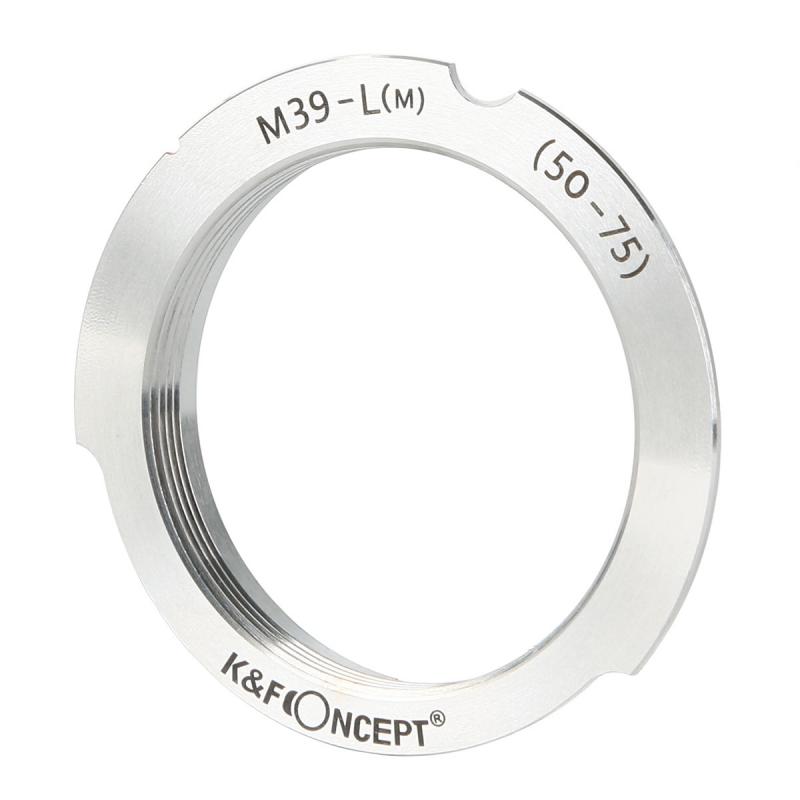
4、 Immersion lens (optional)
A compound microscope typically has two lenses, an objective lens and an eyepiece lens. The objective lens is located near the specimen being observed and is responsible for magnifying the image. The eyepiece lens, also known as the ocular lens, is located at the top of the microscope and further magnifies the image for the viewer's eye.
However, it is important to note that some compound microscopes may also have an immersion lens, which is optional. An immersion lens is a specialized objective lens that requires the use of a liquid, usually oil, to improve the resolution and clarity of the image. This lens is typically used for high-magnification observations, such as in medical or biological research.
In recent years, there have been advancements in microscope technology, including the development of new lens designs and materials. These advancements have led to the creation of compound microscopes with multiple objective lenses, allowing for a wider range of magnification options. Some microscopes now have three or even four objective lenses, each with different magnification powers, providing greater flexibility in observing different types of specimens.
It is worth mentioning that the number of lenses in a compound microscope can vary depending on the specific model and intended use. Therefore, it is always recommended to consult the manufacturer's specifications or user manual for accurate information on the number of lenses included in a particular microscope model.
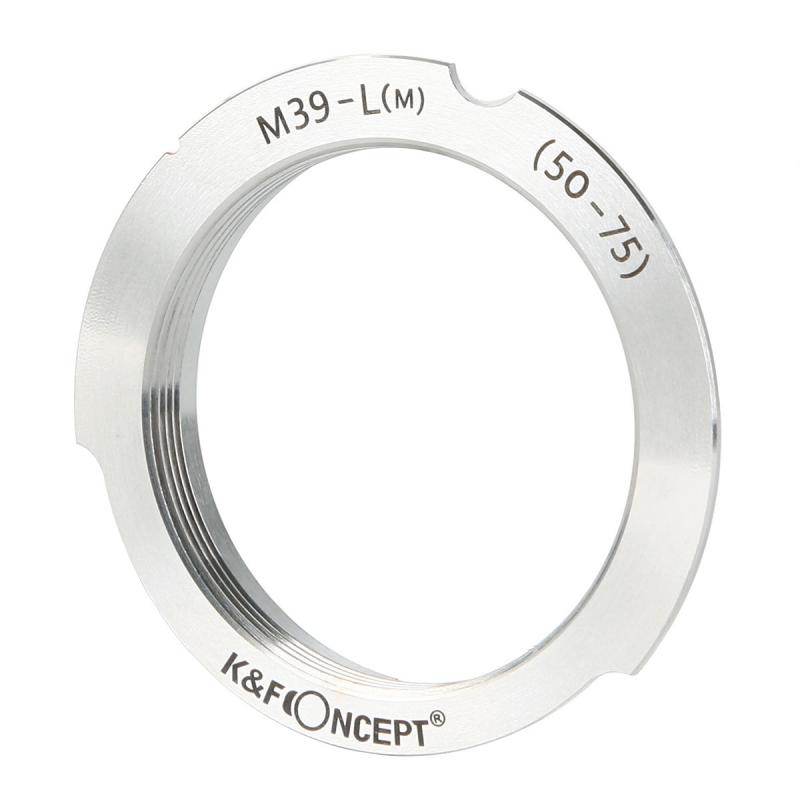

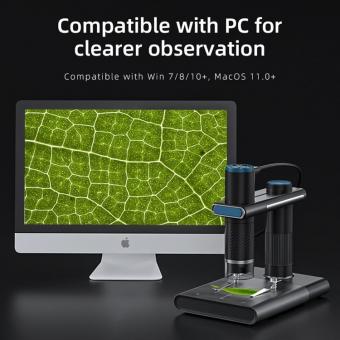










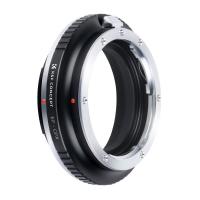

















There are no comments for this blog.